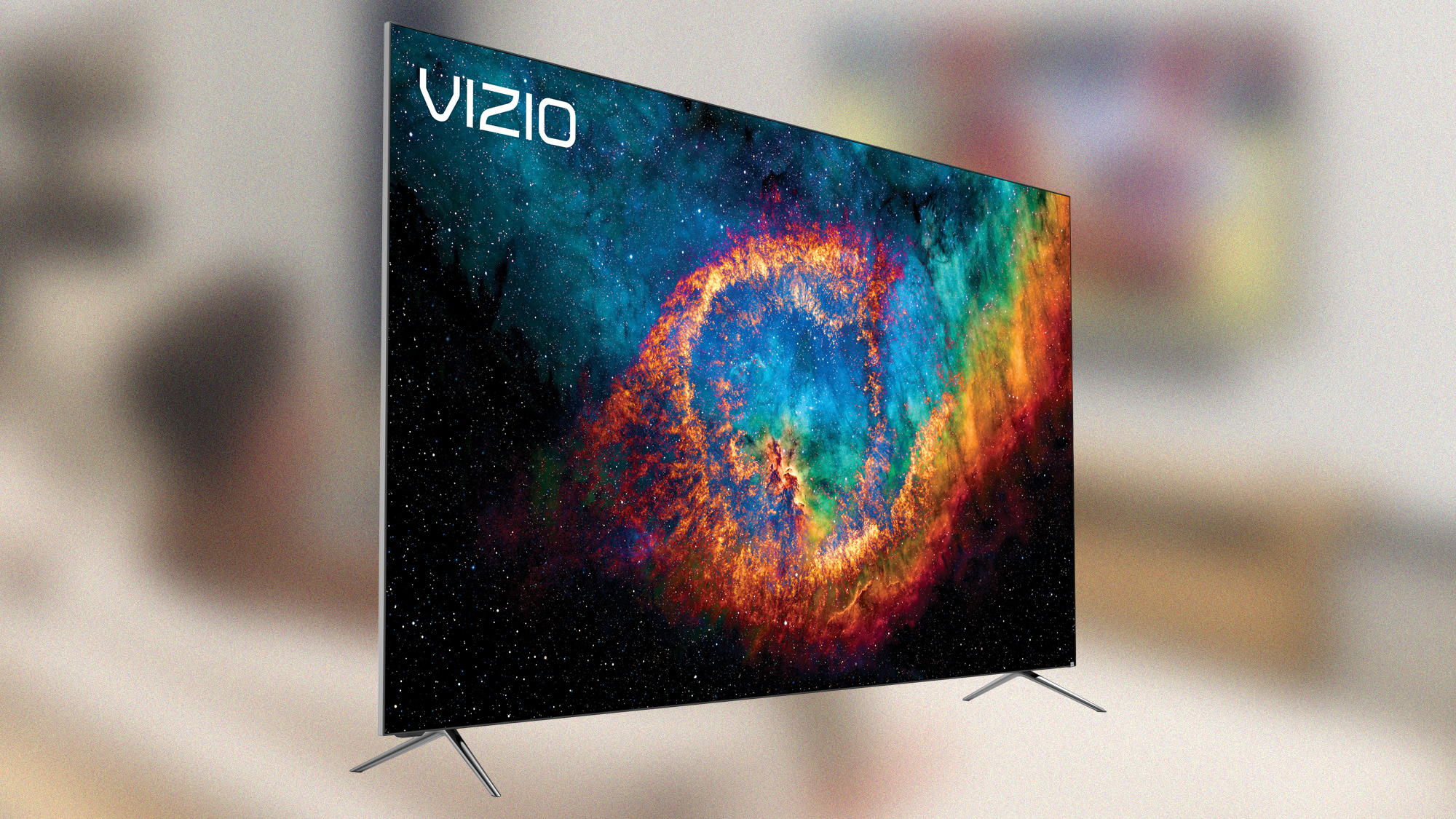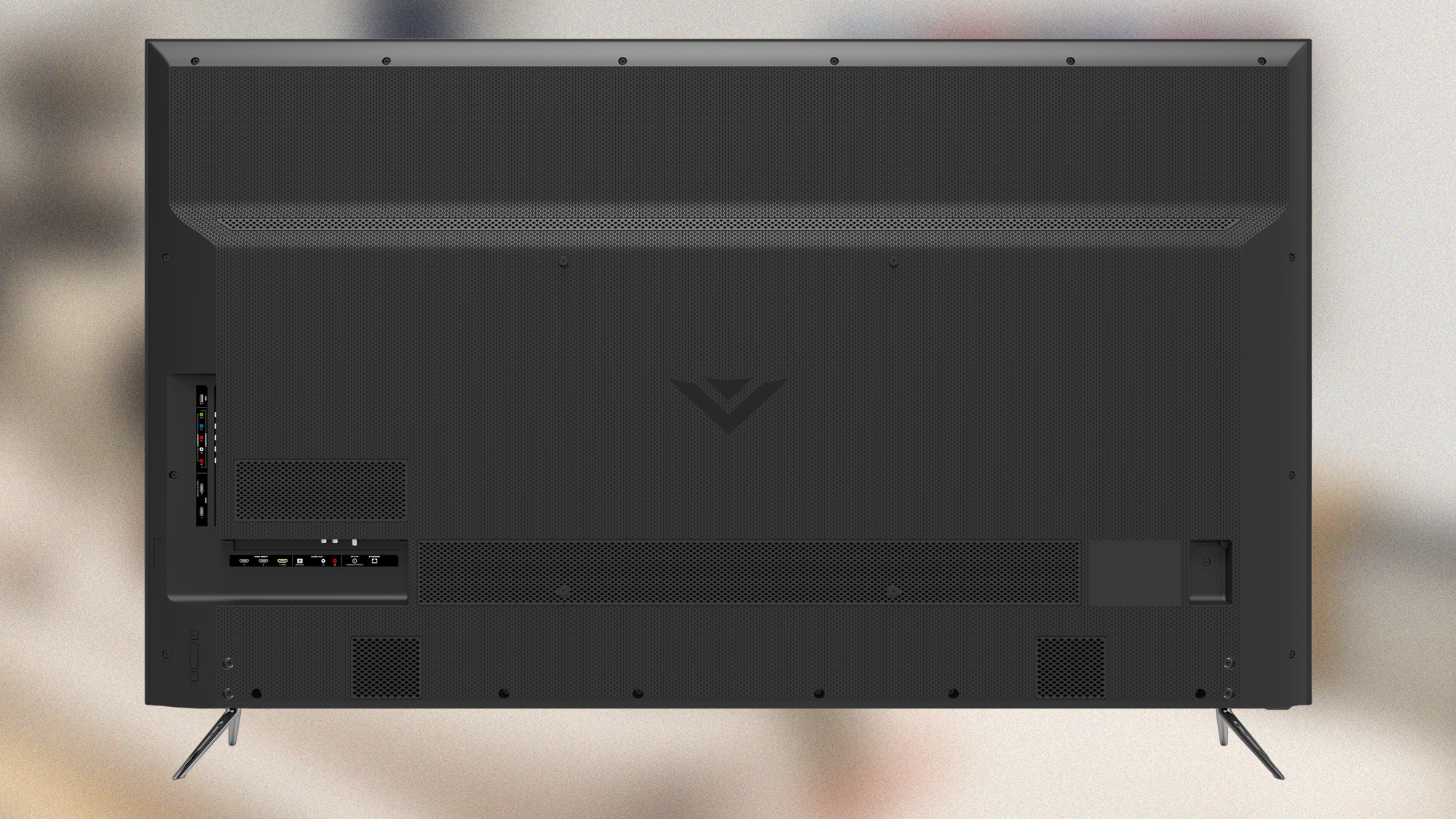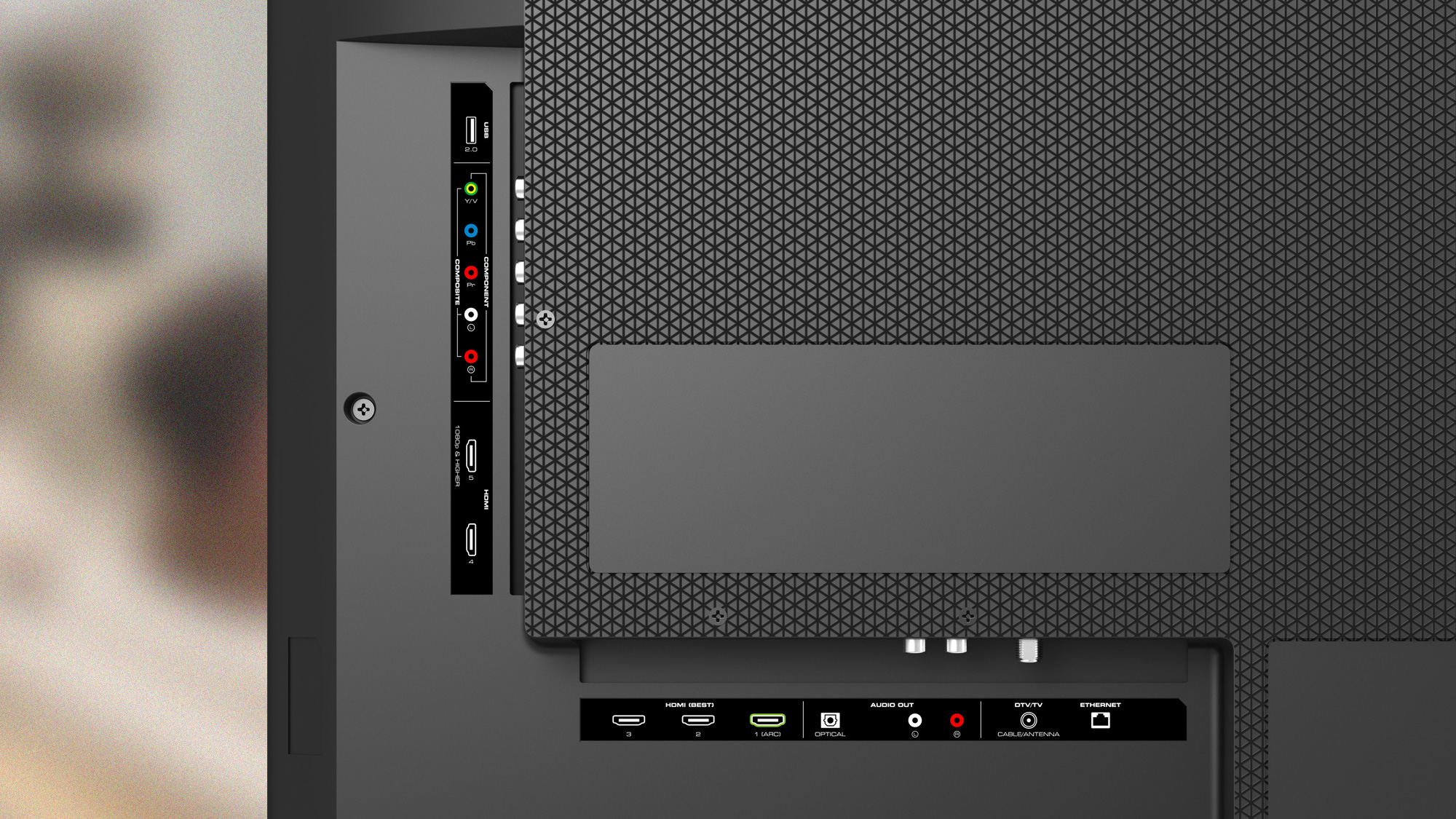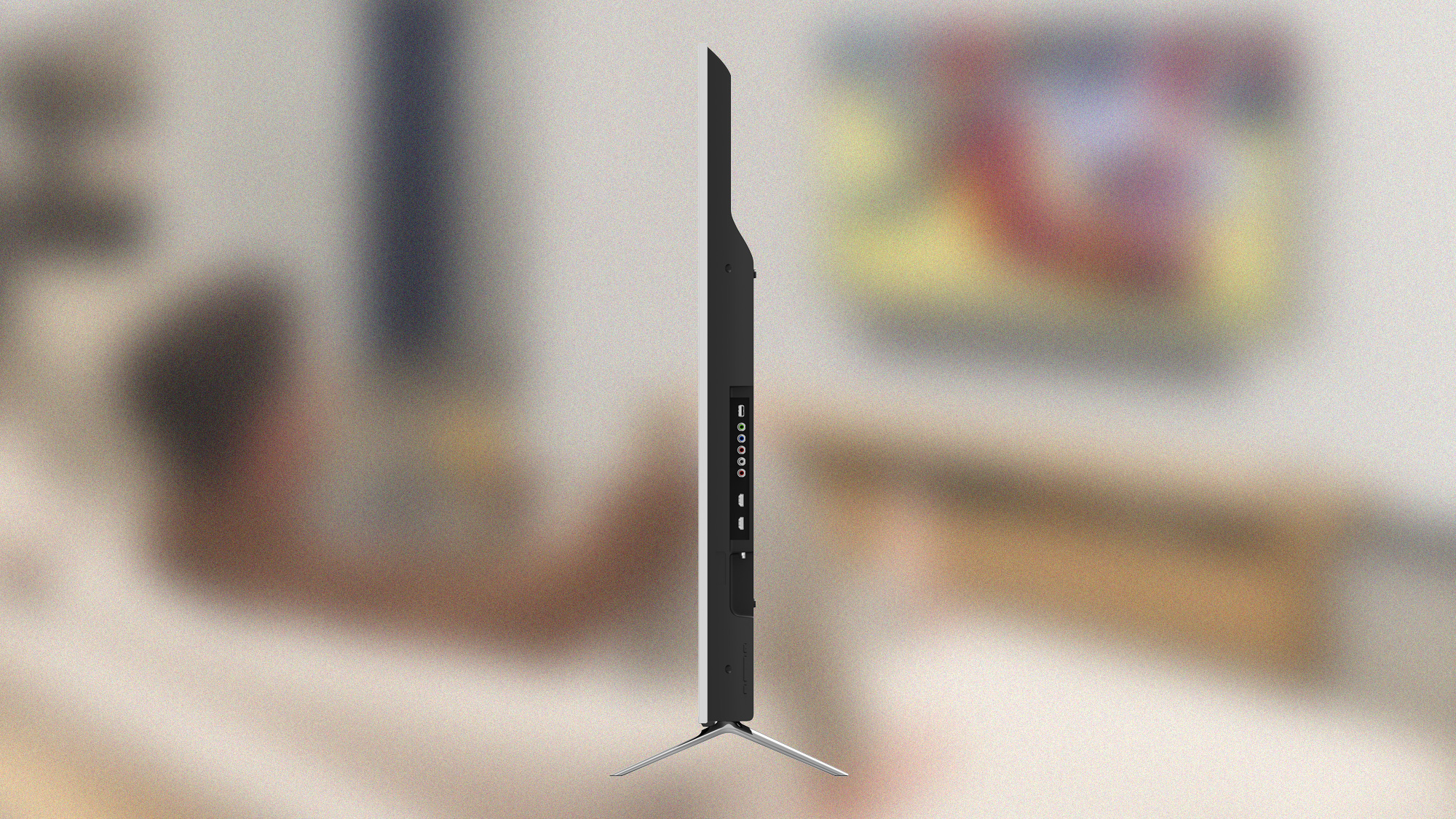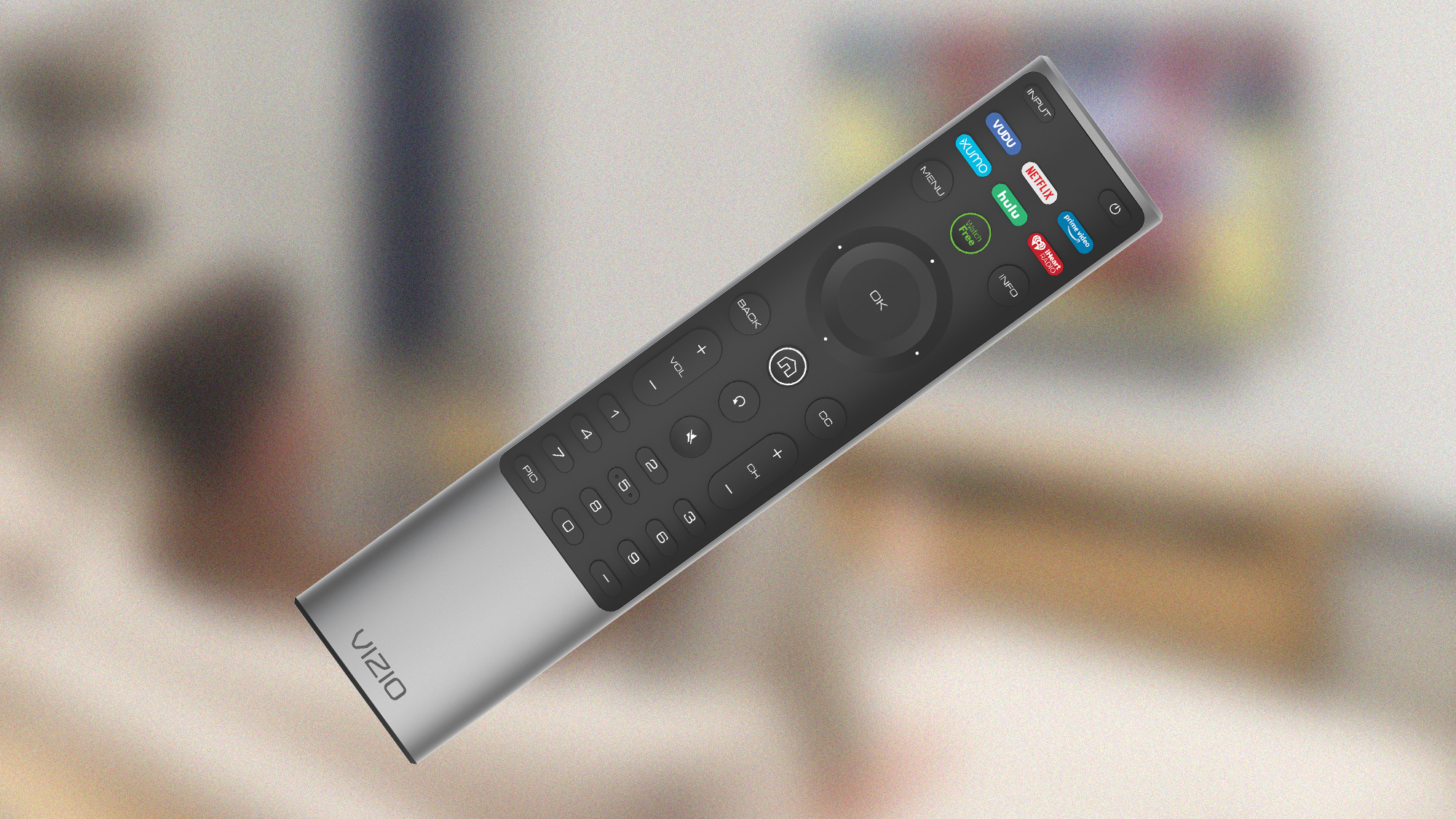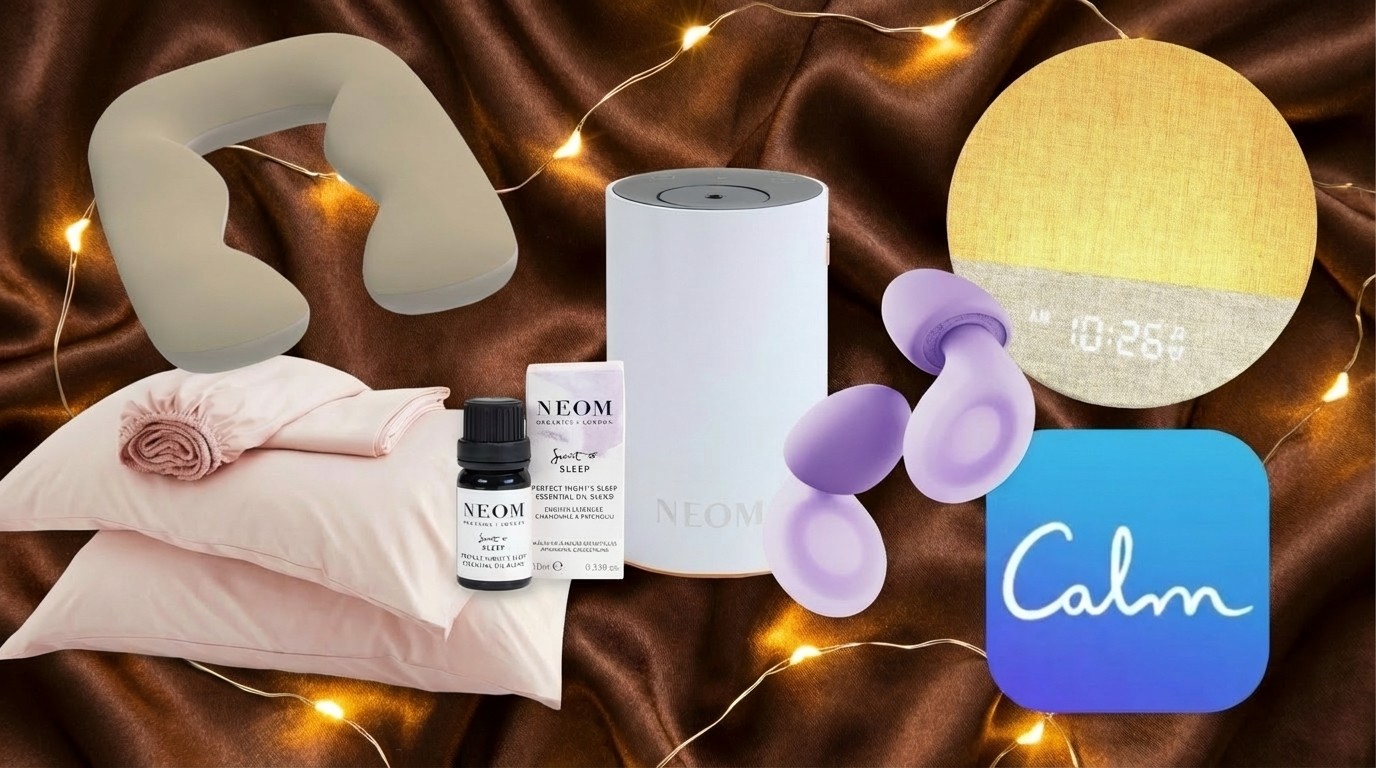Tom's Guide Verdict
The Vizio P-Series Quantum X (PX65-G1) is a solid 4K TV that can contend with some of the best in terms of picture quality, but it lacks luxury features like high-fidelity sound.
Pros
- +
Excellent color reproduction
- +
Deep blacks
- +
Very competitive price
Cons
- -
Mediocre smart TV features
- -
Poor audio performance
Why you can trust Tom's Guide
Editor's Note: The Vizio P-Series Quantum X (PX65-G1) is no longer being sold, but it has been replaced by the newer Vizio P-Series Quantum P65Q9-H1, which we will be reviewing in the near future. We have updated this review to reflect this change. The original rating and recommendations remain from the original review in February of 2020.
It may not be stunningly svelte. And it may not deliver earsplitting explosions from movie soundtracks. But for the money, the 65-inch Vizio P-Series Quantum X ($1,198) delivers solid color performance in a crisp 4K TV. It also includes some intelligent upscaling to keep the picture clear when you're watching standard HD material (which you will be, most of the time).
Vizio packs a lot into this top-of-the-line model, including a full-array LED backlight with multiple active zones. The set supports the major high dynamic range (HDR) formats for boosting color intensity. And its picture skills place it above lower-priced 4K models from Hisense and TCL — and in contention against models that cost thousands more from LG, Samsung and Sony.
Does it have flaws? Certainly gamers and music lovers will think so, but the trade-off results in a very respectable 4K picture at a very competitive price, making it one of the best TVs available in terms of value for the dollar.
Vizio P-Series Quantum X (PX65-G1) specs
| Price: | $1,198 |
| Screen size: | 65 inches |
| Resolution: | 3840 x 2160 |
| HDR: | Dolby Vision, HDR10 and HGL |
| Refresh rate: | 120 Hz |
| Ports: | 5 HDMI 2.0 ports, 1 USB |
| Audio: | 10 watts x 2 |
| Smart TV Software: | Vizio SmartCast 3.5 |
| Size: | 57 x 32.7 x 2.72 inches [w/o stand] |
| Weight: | 54.06 pounds [w/o stand] |
Vizio P-Series Quantum X (PX65-G1) price and availability
The Vizio P-Series Quantum X (PX65-G1) is no longer being sold.
For the latest model in the new series, consider the newer Vizio P-Series Quantum P65Q9-H1. We'll be reviewing this new model in the coming weeks.
And check out our current favorite Vizio set in our Vizio OLED TV (OLED55-H1) review, which names the new OLED one of the best values on the market.
Get instant access to breaking news, the hottest reviews, great deals and helpful tips.
Vizio P-Series Quantum X (PX65-G1) design
Sitting on a credenza, the 65-inch Vizio P-Series Quantum X rests on two silver arched legs located at either end of the panel.
That gives it enough height for a thin sound bar, Blu-ray player or set-top box to fit under its profile. The set's black plastic chassis has an even, narrow bezel and the simple V logo is discretely set over to the far right of the bottom border of the display.
For those looking to do a wall placement, the P-Series Quantum X works with VESA-compliant 400 x 400-millimeter brackets. The set weighs just over 54 pounds without the stand. Not that we're body shaming, but that's a bit on the heavy side, so you should get a sturdy mounting system.
Vizio P-Series Quantum X (PX65-G1) ports
The P-Series Quantum X has a typical array of inputs and outputs. For HDMI connections, there are five ports (two mounted to the side and three more along the bottom). The HDMI connections are 2.0a, with one 120-Hz 1.4 input intended for gaming. There is also a component video input and a single USB port. Another USB port would have been helpful, considering the number of devices — such as powered antennas and media storage devices — that could use a USB connection.
Analog and digital audio outputs are also on the back, as well as a coaxial connection for cable or an antenna. For networking, there's an Ethernet port and built-in 802.11ac dual-band Wi-Fi. Bluetooth — for, say, a pair of headphones — is not built in.
Vizio P-Series Quantum X (PX65-G1) performance
There's no doubt that Vizio has included some features in the P-Series Quantum X set that have a direct payoff when it comes to picture quality. The quantum dot film, which adds color depth, and the full-array LED backlight with 384 active dimming zones deliver significant benefits. There's minimal flaring around bright objects on the screen, for example, and almost no halo effects around highlights in the picture. The active dimming zones also enable some nifty picture processing tricks, such as automatically detecting when you're watching a letterboxed movie and then making the top and bottom bars even darker. The result: some of the deepest blacks we've seen outside of an OLED TV.
Of course, we're basing most of our judgments on the assumption that you put the Vizio P-Series Quantum X in its best calibrated picture mode. In calibrated mode, most of the image settings are automatically adjusted to 50%, and motion-control video processing is turned off to reduce potential artifacts and noise.
One annoying and awkward picture adjustment on the Quantum X is the HDR setting. Rather than being grouped with other picture settings, you'll find it under the main menu, then you have to dig through several submenus (settings, input settings, and then the specific input) to locate "Full UHD Color." A simple on/off toggle under picture settings would be more logical.
In tests comparing the P-Series Quantum X with some of the leading high-end TVs in the market, the set did very well. It delivered 99.95% of the Rec. 709 color gamut, for example — a certainly respectable result, which reflects the fact that quantum dot films can enhance color performance.
Color-accuracy tests (according to our measurements with an X-Rite colorimeter and CalMan calibration software) turned in a Delta-E number of 2.5 (the closer to 0, the better). That may sound about average, but there are more nuances to these results. Consider that the LG B8 OLED posted a 1.7 in our tests, which is one of our best scores, but the very highly regarded Sony A9G OLED came in at 2.7, ostensibly worse than the Vizio P-Series Quantum X, but in practice, one of the best sets we've ever reviewed. Right in between was the less expensive Hisense H9F with a Delta E score of 2.3, even though overall, its picture is not as consistently accurate as any of the aforementioned sets.
Of course, the proof is in the movie viewing. Watching the Blu-ray 4K HDR version of Arrival, subtle oranges and yellows looked spot-on, and there was minimal picture noise. The active dimming also helped with the scene of the helicopter ascending from Louise Banks' home, allowing us to clearly see the car parked in the shadows. Occasionally, the video processing in calibrated mode still looked a little heavy-handed: It made the actors seem as if they were standing in front of a flat backdrop. There was also some minimal banding in color gradients, like gray skies or the opening fog scene in Blade Runner 2049, but nothing viewers would find distracting.
Details jumped out in most of what we watched, demonstrating that the P-Series Quantum X did a great job with 4K material. In Avengers: Endgame, the 4K disc yielded excellent image details, such as Robert Downey Jr.'s worry lines as his spaceship drifts directionless out in space. Such details will motivate you to get a 4K TV, although it can reveal too much, such as the fact that Chris Evans as Captain America is wearing too much makeup in some scenes.
Everyday viewing will doubtless comprise a lot of standard HD programming. Fortunately, the P-Series does a good job upscaling such material. An old standby Skyfall Blu-ray disc with challenging action sequences was handled easily without adding any artifacts or creating any dropouts. Colors remained true and details in shadows were still visible. A test with an HD version of Gravity also showed how well Vizio has improved its upscaling; as Sandra Bullock spun out into the darkness of space, there was no halo effect and stars twinkling in the distance still looked sharp.
Vizio P-Series Quantum X (PX65-G1) gaming performance
For 4K gamers (and don't we all want to be 4K gamers?), the Vizio P-Series Quantum X is a bit of a disappointment. On a 4K HDMI port with the special game mode enabled to reduce latency, we measured a lag time of 35.1 milliseconds. In general, anyone shooting it out in a multiplayer game like Halo isn't going to notice a lag time of 20 ms or less, but above that, you'll find you're at a distinct disadvantage against the competition.
However, to address this issue, Vizio has essentially added an extra, fifth HDMI port specifically for gamers — but it only supports 1080p. The benefit is that it strips away all the video processing that adds to lag, turning in a much more respectable 23.8-ms time in game mode. That's better, but still not a stellar result.
Vizio P-Series Quantum X (PX65-G1) audio
The other obvious vulnerability of the Quantum X was its sound quality. Using a pair of 10-watt speakers, the sound settings of the P-Series Quantum X don't include any preset sound modes. Other TVs include modes for music, movies, sports and other programming. This P-Series includes a DTS surround-sound mode and volume leveling, but no presets. There's also no equalizer for tweaking the audio, which is a shame, because it sure could use it.
Vizio P-Series Quantum X (PX65-G1) smart TV features
Vizio has received a fair amount of criticism for its SmartCast interface, but it has been steadily improving it. Version 3.5 here is quicker and less clunky, but it still offers a lot less than Roku- or Android TV-based models from the likes of Sony or TCL. We like Vizio's WatchFree section, which aggregates hundreds of free streaming sources, and there are apps for major services, from Sesame Street to Tidal. However, most people will find SmartCast overlooks one or another of their favorite services, such as Disney+. (Though Vizio assures us that both Disney+ and Apple TV+ will be coming to SmartCast TVs sometime this spring.)
If you want more apps, you'll have to use the built-in Chromecast support to stream them from a mobile device. Chromecast supports many, many more apps — including HBO, Disney+ and Showtime — than Vizio's SmartCast. However, some people will be annoyed at the idea of having to use their smartphone or Android tablet as a remote control. If SmartCast's limited app selection leaves you feeling underwhelmed, there's always the option of getting a Roku Premiere ($29.99) or Roku Streaming Stick ($49.99) and skipping Vizio's SmartCast entirely in favor of Roku's rich app selection and easy-to-follow interface.
There is an Alexa option (as well as support for Apple HomeKit and Google Assistant) if you want to use voice commands. However, you have to use it via your own existing smart speaker, like the Amazon Echo. It is not built into the set.
Vizio P-Series Quantum X (PX65-G1) remote control
The supplied remote control for the P-Series could use an update. It's thin enough and curved to rest comfortably in the hand, but it lacks backlit keys, making it difficult to find buttons in the dark.
There are dedicated buttons for services like Vudu, Netflix, Amazon, iHeartRadio and Crackle. But there's no guide button, which can lead to some nonintuitive navigation. On WatchFree, for example, you have to hit OK on the remote, which tells you the channel, and then select OK again (within a few seconds) to get a guide. One button would be easier.
Bottom line
To get this level of picture performance at this price, you have to give up something. With the Vizio P-Series Quantum X (PX65-G1), the company has cut corners in sound quality and some other minor niceties to achieve its relatively affordable price tag. There are cheaper 65-inch 4K models out there, such as the Hisense H9F, which is more than $300 less, but they can't match the picture quality of the P-Series. More expensive sets like the Sony A9G OLED still best the Quantum X in sharpness and image fidelity, but they can cost upward of a $1,000 more.
John R. Quain has been reviewing and testing video and audio equipment for more than 20 years. For Tom's Guide, he has reviewed televisions, HDTV antennas, electric bikes, electric cars, as well as other outdoor equipment. He is currently a contributor to The New York Times and the CBS News television program.

